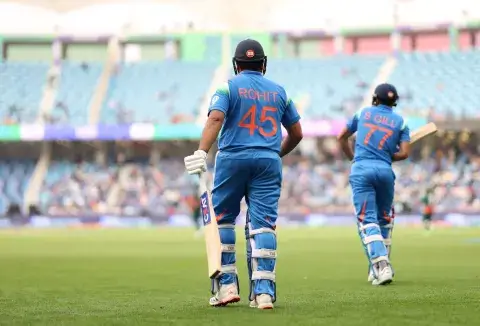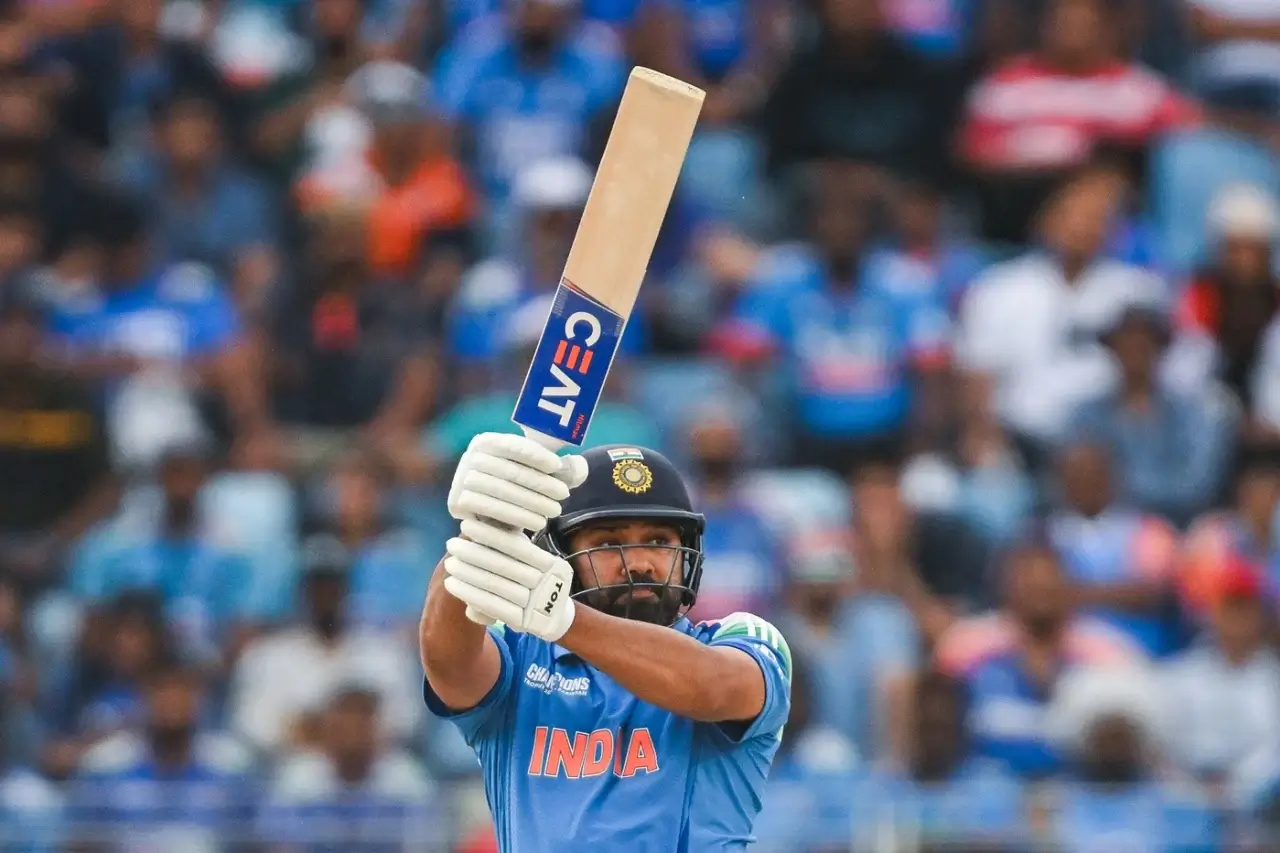Rohit Sharma’s leadership in white-ball cricket has sparked a new era for India. From tactical calmness to emotional intelligence, his captaincy blends precision with patience. Under him, India regained confidence in global tournaments after years of heartbreak. His style reflects composure and clarity rarely seen in the modern game. This article examines Rohit’s legacy, his records, and why many now call him India’s best white-ball captain.
Rohit Sharma’s Leadership Evolution
Rohit’s leadership began quietly but matured rapidly through IPL dominance with the Mumbai Indians. His franchise success laid the foundation for national captaincy. He built a reputation for sharp reading of the game and player trust. Unlike traditional aggressive leaders, Rohit controls matches with calculated calm. His method suits high-pressure white-ball formats perfectly, where pacing and planning decide outcomes. This mental composure allows younger players to express themselves freely, a key factor in India’s consistent white-ball performances.
From IPL to International Authority
Rohit’s IPL legacy gave India a proven tactician ready for transition. His ability to rotate bowlers, read match flow, and maintain dressing room peace translated seamlessly to international cricket. His communication style stands out—clear, friendly, and unpretentious. It helped stars like Shubman Gill, Surya Kumar Yadav, and Hardik Pandya thrive without pressure. His handling of bowlers, especially Mohammed Siraj and Kuldeep Yadav, reflects deep game awareness.
Rohit’s White-Ball Record and Impact
Rohit’s white-ball record mirrors a combination of stability and aggression. India has dominated bilateral series and key tournaments under him. His batting remains a pillar of consistency—massive hundreds, measured chases, and strike rotation. Beyond numbers, Rohit’s clarity in powerplay use and field setting redefined India’s white-ball identity. His partnership with Virat Kohli brings balance—Rohit’s patience complements Kohli’s intensity, making India’s top order the most reliable in modern cricket.
Rohit Sharma’s Captaincy Stats (as of Oct 2025)
| Format | Matches | Wins | Losses | Win % | Titles Won |
|---|---|---|---|---|---|
| ODI | 55 | 38 | 15 | 69.0 | Asia Cup 2023 |
| T20I | 61 | 45 | 14 | 73.7 | Nidahas Trophy, Tri-Series |
| IPL | 158 | 87 | 67 | 56.8 | 5 Titles |
These figures underline his success rate and ability to deliver in knockout situations. Under his calm command, India’s fielding intensity and chase stability improved dramatically.
Tactical Brilliance and Game Management
Rohit Sharma’s in-game awareness defines his captaincy hallmark. He reads conditions faster than most, adjusting fields and lengths mid-over. His use of spinners in power plays and flexible batting order strategies gives India tactical depth. Unlike captains driven by instinct, Rohit combines instinct with preparation. Every move feels pre-planned yet adaptive. This controlled aggression makes him a match-winner both as leader and opener. Players trust his plans because they see results repeatedly. His record in crunch moments proves his game management genius.
His Calmness Under Fire
Pressure moments separate good captains from great ones. Rohit thrives in them. From defending 120 in T20S to managing rain-curtailed chases, his clarity remains unshaken. This calm aura translates confidence across the team, a quality similar to MS Dhoni’s coolness but with Rohit’s own flavour of empathy and awareness. His recent Asia Cup and bilateral wins show how consistency builds belief.
Comparison with Other Captains
Rohit’s captaincy stands distinct in India’s white-ball history. MS Dhoni built a foundation of discipline and self-belief. Virat Kohli drove intensity and work ethic. Rohit blends both worlds—strategic cool with performance warmth. His player relationships are notably stronger, especially with newcomers who often mention his supportive nature. Unlike Dhoni’s rigid plans or Kohli’s fiery reactions, Rohit’s adaptability defines this era. In ICC tournaments, India under Rohit shows renewed calm, often dominating early stages with intent and control.
Why do Many Rate Him Above Dhoni and Kohli?
Rohit’s biggest strength lies in balance—between attack and patience, emotion and logic. His captaincy philosophy mirrors modern white-ball success templates: rotate pace early, trust spin in middle overs, chase deep. He allows his batters freedom yet maintains discipline to maintain timelines. India’s 2023–25 run proves his blend works. Many analysts now label him India’s most complete white-ball captain, a tag earned through consistency and calm command.
Cultural Impact and Legacy
Rohit Sharma changed more than just scorecards. He redefined India’s attitude toward white-ball cricket. His leadership normalized rotation, workload management, and data-based planning—once seen as defensive. His trust-based approach made India’s dressing room a safe space for experimentation. Players perform freely because mistakes aren’t punished; they’re reviewed with empathy. That shift built India’s current dominance in shorter formats. Rohit’s leadership legacy already mirrors global standards of modern captaincy.
The Road Ahead
Rohit’s journey as captain continues to evolve. With the 2026 T20 World Cup and future ICC events in view, his focus remains on balance—experience and youth. He now leads an era defined by trust and transition. The question isn’t whether he’s India’s best white-ball captain anymore—it’s how far his legacy will stretch in the next decade.
Conclusion
Rohit Sharma’s captaincy embodies calm power and consistent success. He has blended empathy, strategy, and performance into one commanding package. Under him, India rediscovered its rhythm in white-ball cricket. His influence extends beyond trophies—it’s cultural, strategic, and emotional. If Dhoni brought the cool and Kohli brought the fire, Rohit brought the light that unites both. Whether history calls him the greatest or not, Rohit Sharma’s white-ball legacy is already etched in Indian cricket’s golden pages.







